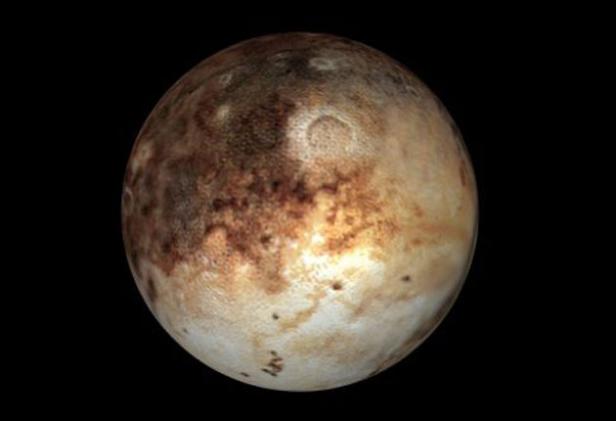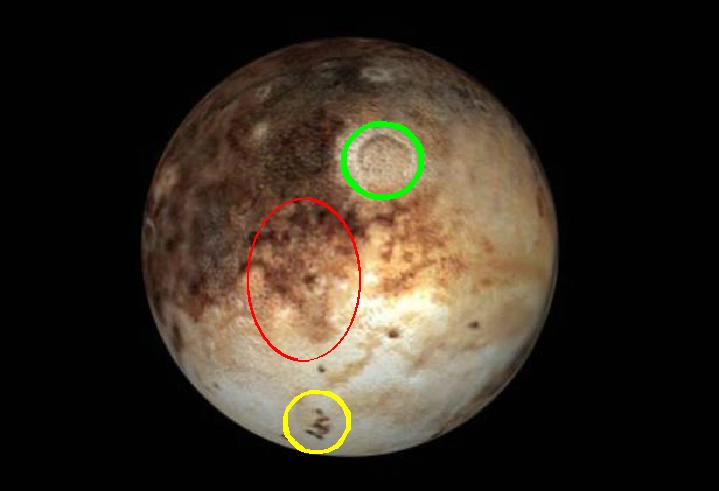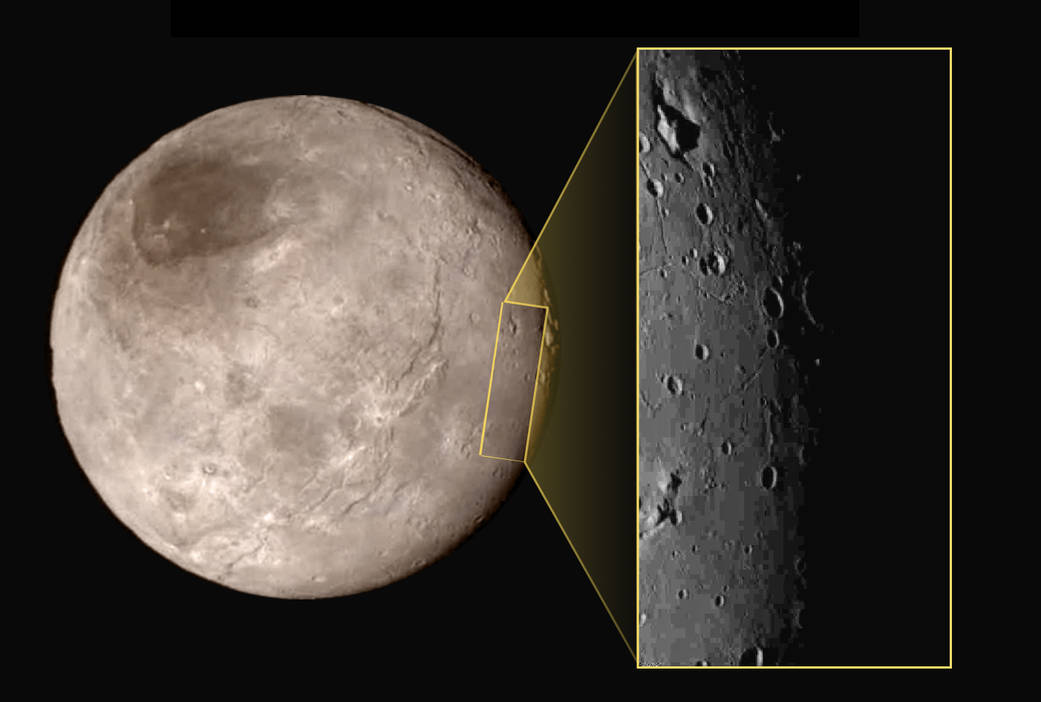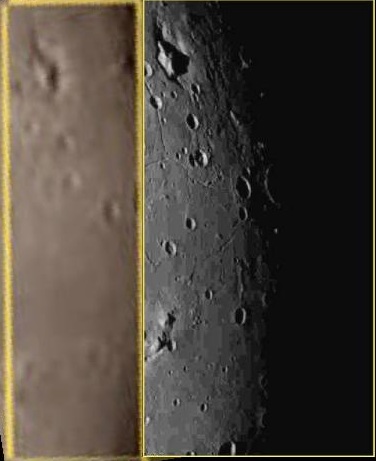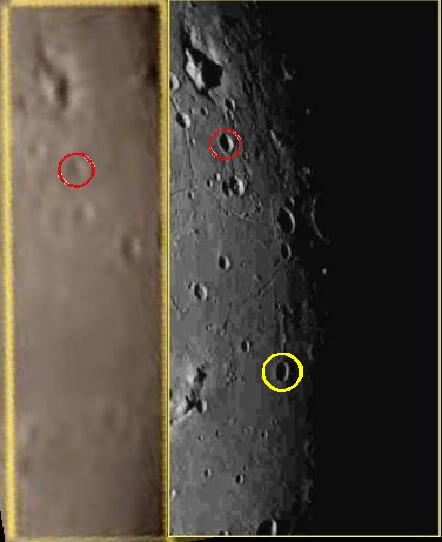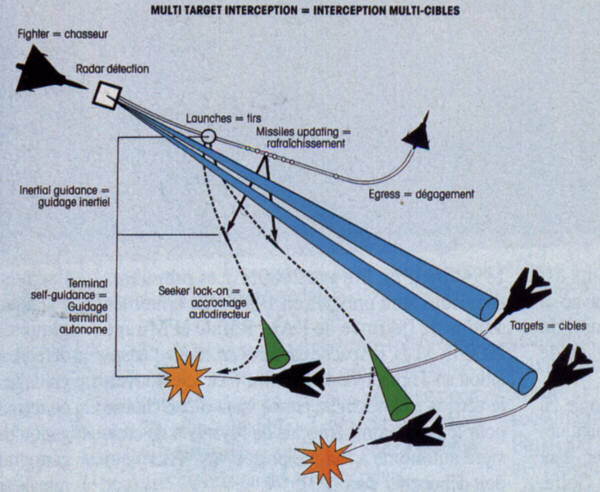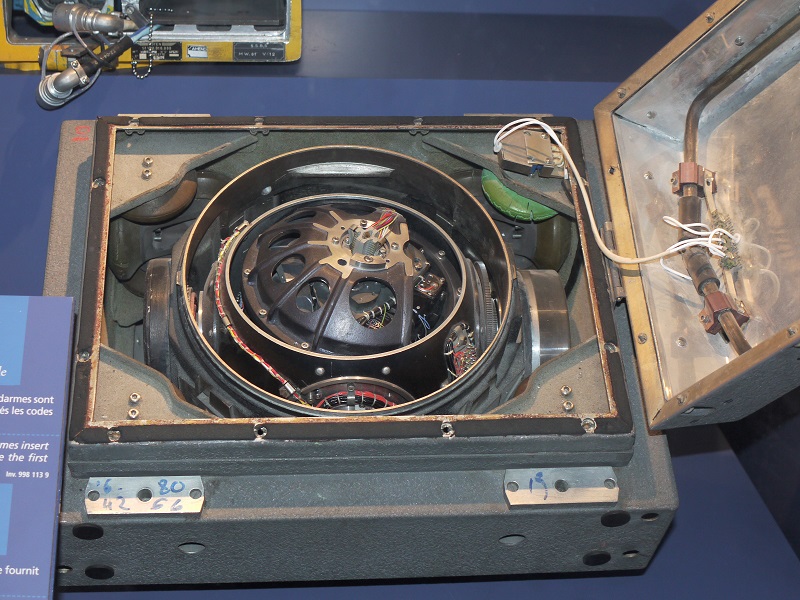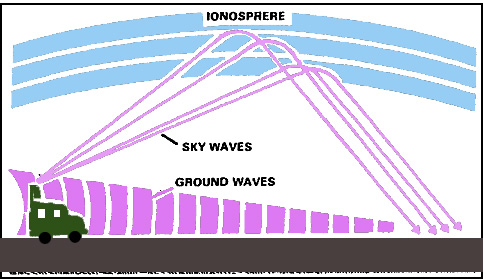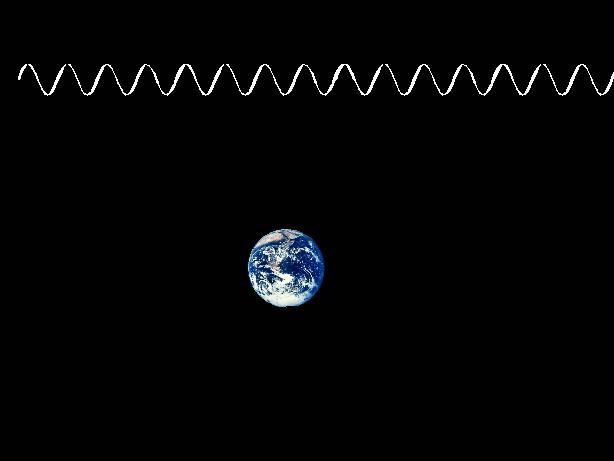
That's why, after a certain time, an intertial platform needs to be reinitialized so it gets a correct reference again.
Reinitializing an inertial platform is done by pointing an optical system toward stars; three stars are needed for the reinitialization (we are in a three dimensional system).
New Horizons had star cameras allowing to take photos of the sky, and the attitude of the spaceship was calculated by comparing the photos of the cameras with star maps.
Till then, it may seem normal, but now that's where it becomes delirious:
The photos taken by the star cameras were compared with a collection of 3000 stars, and the star recognition was made each tenth of second!
First it makes no sense to have a so huge collection of stars, when only three identified stars are needed to make the recognition; and, to identify a star in a galaxy, just some stars are needed.
|
